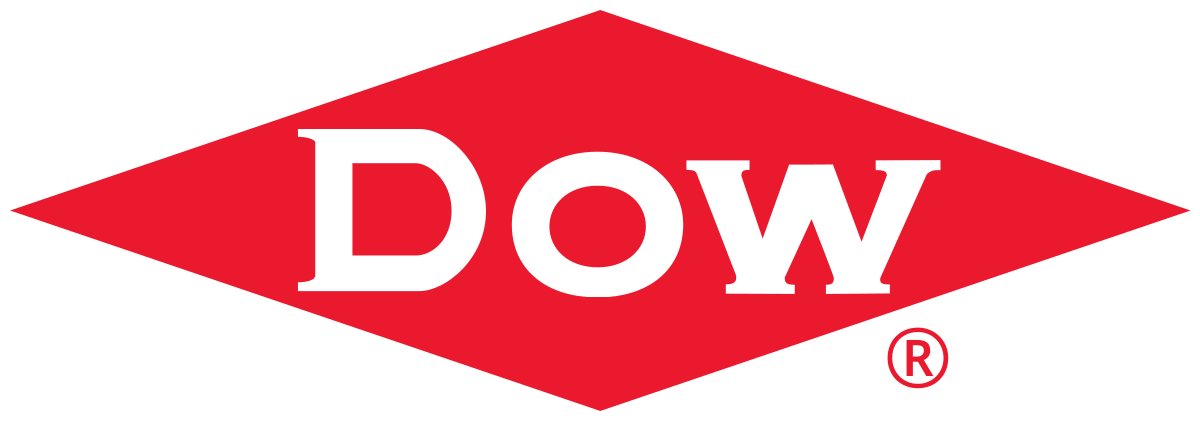Dow announces $8.8B investment in Fort Saskatchewan
The Fort Saskatchewan Path2Zero project has been given the green light from Dow’s board.

Key Takeaways:
- Dow says it chose Alberta for its highly cost-competitive natural gas, cost-advantaged ethane and government subsidies/incentives.
- Linde will be the industrial gas partner for the supply of clean hydrogen and nitrogen for the site, and Fluor was selected for front-end engineering and design. Additionally, Dow is partnering with Wolf Midstream, which will provide CO2 transportation along the Alberta trunk line.
- Construction is expected to start next year with the first phase coming online in 2027.
The Whole Story:
Dow is moving ahead with an $8.8 billion petrochemical complex in Alberta.
It will create world’s first net-zero Scope 1 and 2 emissions ethylene and derivatives complex in Fort Saskatchewan
The Fort Saskatchewan Path2Zero project includes building a new ethylene cracker and increasing polyethylene capacity by 2 million MTA as well as retrofitting the site’s existing cracker to net-zero Scope 1 and 2 emissions. The investment is expected to deliver $1 billion of earnings before interest, taxes, depreciation, and amortization (EBITDA) growth per year at full run rates over the economic cycle while decarbonizing 20% of Dow’s global ethylene capacity.
Dow says the new capacity will enable it to capture growing customer demand in high-value markets, such as packaging, infrastructure and hygiene, among others, with potential additional value captured from commercializing low and zero-emissions products.
The project serves as a leading example that industrial decarbonization is both possible and profitable.
Jim Fitterling, Dow chair and CEO
Now that the company’s board has give the project its approval, Dow expects construction to begin in 2024. Capacity additions are expected to come online in phases, with the first phase starting up in 2027, adding approximately 1,285 KTAiv of ethylene and polyethylene capacity, and the second phase starting up in 2029, adding an additional approximately 600 KTA of capacity.
To achieve net-zero Scope 1 and 2 emissions, the Fort Saskatchewan Path2Zero project will deploy Linde’s air separation and autothermal reformer technology to convert the site’s cracker off-gas to hydrogen, which will be used as a clean fuel to supply the site’s furnaces. In addition, carbon dioxide emissions will be captured and stored, reducing existing emissions by approximately 1 million MTA of CO2e while abating all emissions from the addition of the site’s new capacity.
Dow says it chose Fort Saskatchewan because they believe the region offers highly cost-competitive natural gas relative to other regions, as well as cost-advantaged ethane, a key feedstock for ethylene production. At full run-rates, the site is expected to be one of Dow’s most cost-competitive in the world. The region also features access to existing CO2 transportation and storage infrastructure with available capacity to fully support decarbonization of the project.
Additionally, the governments of Canada, Alberta, and Fort Saskatchewan have made subsidies and incentives available to support the project and to drive innovation in low-emissions manufacturing in Canada. It will be the first project to access Canada’s new investment tax credit (ITC) program for clean technology.
Dow’s investment leverages approximately $2 billion of investment from third-party companies for circular hydrogen, CO2 capture, and other infrastructure assets critical to the project execution. Earlier this year, Dow announced that Linde had been selected as its industrial gas partner for the supply of clean hydrogen and nitrogen for the site, and Fluor was selected for front-end engineering and design. Additionally, Dow is partnering with Wolf Midstream, which will provide CO2 transportation along the Alberta trunk line, and with Ravago which will provide third-party logistics for finished products from the site.
